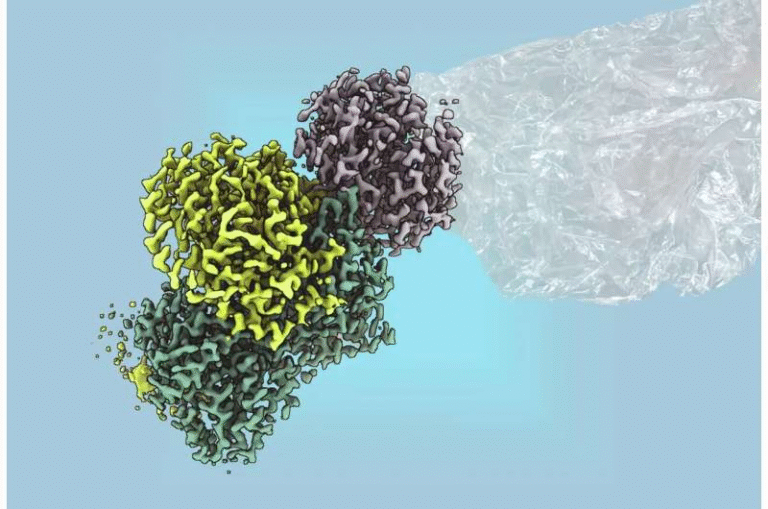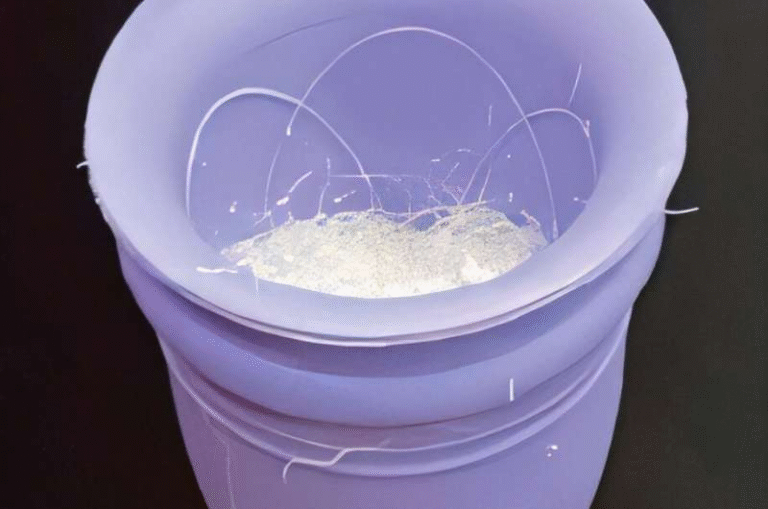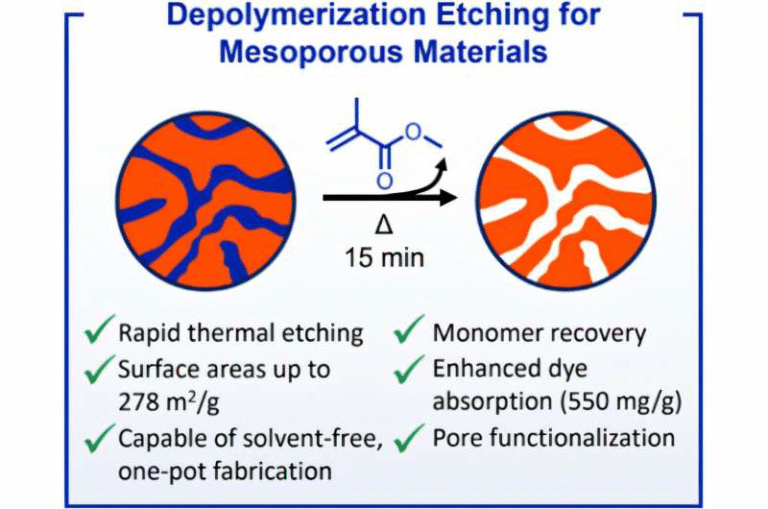Cleaner and More Resilient Graphite Production Is Becoming Essential for the Future of Energy Storage

Graphite might not get the same attention as lithium, but it’s quietly becoming one of the most important materials in the global clean-energy transition. A new perspective article from Rice University researchers sheds light on why graphite demand is rising even faster than lithium, why its supply chain is becoming a concern, and what new technologies could help make graphite production cleaner, more reliable, and far more sustainable.
This latest research, published in Nature Reviews Materials, tracks graphite’s journey from a common industrial material to a critical mineral that plays a major role in lithium-ion batteries. These are the same batteries powering electric vehicles, smartphones, laptops, and grid-storage systems. As the world moves toward cleaner technologies, the demand for graphite—especially battery-grade graphite used in anodes—has surged dramatically.
Below, I break down all the key points, keeping things straightforward and detailed, and I also add extra context about graphite so readers can learn something new beyond the news itself.
Why Graphite Has Become a Critical Mineral
Graphite is the primary anode material in lithium-ion batteries. Without it, you don’t get lithium-ion migration, and without that, the battery simply doesn’t work. Even though lithium gets all the headlines, graphite forms a much larger portion of the battery by weight.
Demand for graphite is now growing faster than lithium demand, driven mostly by global EV adoption and the need for large-scale energy-storage systems. Because of this, countries around the world—including the U.S.—have officially moved graphite onto their critical minerals lists.
But while demand skyrockets, the supply chain tells a different story.
A Supply Chain That’s Overly Concentrated and High-Carbon
Global graphite production is highly concentrated. A few regions dominate natural graphite mining, and the processing is even more centralized. This leaves the supply chain vulnerable to disruptions and geopolitical issues.
Synthetic graphite—another major source used in batteries—has its own problem. It requires extremely high temperatures (often up to 3,000°C) and traditionally relies on fossil-fuel-based feedstocks like petroleum coke or coal-tar pitch. This makes synthetic graphite a very carbon-intensive product, undermining the environmental goals of clean energy.
The Rice University researchers highlight that graphite’s carbon footprint is often overlooked, even though it plays such a central role in the clean-tech ecosystem.
What the New Perspective Article Highlights
The authors of the study—Pulickel Ajayan and Sohini Bhattacharyya from Rice University—lay out the main challenges and possible solutions in the graphite industry. They cover:
- How lower-carbon graphite production methods can make the supply chain more secure
- Environmental and supply-chain issues linked with natural and synthetic graphite
- Emerging advances in “green” synthetic graphite, including renewable-based feedstocks
- Opportunities in recycling graphite from spent battery anodes
- Industry and policy steps that could support a more sustainable U.S. supply chain
Their perspective makes it clear that graphite is now crucial not just for energy technologies but for national energy security.
How Synthetic Graphite Can Become Cleaner
One of the most interesting parts of the paper focuses on how synthetic graphite could one day be made from renewable sources, such as:
- Biomass
- Captured carbon dioxide
Both these approaches dramatically reduce the carbon footprint compared to traditional fossil-based methods.
The researchers also mention emerging techniques that can lower the energy needed for production. This includes alternative graphitization methods that don’t require extremely high temperatures. Although these ideas are still being refined, they offer promising pathways for the future of graphite manufacturing.
The Role of Battery Recycling
Graphite recycling is another major theme in the article. As more lithium-ion batteries reach their end of life, the world will soon be dealing with millions of tons of spent anode material. Recovering graphite from these batteries could help reduce:
- mining pressures
- carbon emissions
- supply chain fragility
Recycling also builds a more circular economy around battery materials—something many countries are prioritizing.
How Policy and Industry Can Move Things Forward
The authors note that scientific breakthroughs alone won’t be enough. Governments and industries need to support:
- Greener manufacturing technologies
- Diversified supply chains
- Research into new graphite feedstocks
- Programs for large-scale graphite recycling
- Policies that incentivize sustainable options
Strengthening U.S. supply, in particular, will require a mix of industrial innovation, federal support, and new business models built around sustainability.
Additional Context: What Makes Graphite So Special?
To expand on what the news covers, here are some useful details about graphite that help explain why it’s so important.
Graphite vs. Lithium: Why Anodes Need High-Purity Graphite
Lithium gets stored in the anode during battery charging, and graphite’s layered structure makes it perfect for this process. The layers can host lithium ions without expanding too much, which prevents battery failure.
But not just any graphite works. Battery-grade graphite needs:
- extremely high purity
- controlled particle size
- uniform shape
- stable electrochemical performance
That’s why both natural and synthetic graphite go through intensive purification and processing before ending up in batteries.
Synthetic vs. Natural Graphite
Natural graphite is mined. Synthetic graphite is manufactured. Each has pros and cons.
Natural graphite:
- Lower cost
- Lower carbon footprint
- But supply is concentrated in a few countries
Synthetic graphite:
- Higher purity
- More consistent performance
- But carbon-intensive to make
As battery technology evolves, companies are experimenting with blends of both.
The Future of Graphite
Graphite may one day be replaced by silicon-based anodes, which have higher energy capacity. But silicon comes with issues like excessive expansion during charging. Because of these challenges, graphite will remain essential for at least the next decade, especially in large-scale battery manufacturing.
That’s why cleaner, more sustainable graphite production is so important right now.
The Significance of Rice University’s Contribution
Rice University has been at the forefront of nanomaterials research for years, especially under the leadership of Pulickel Ajayan, whose work spans energy storage, carbon materials, and nanotechnology. This new perspective contributes a broad, science-based understanding of how the world can approach graphite production more responsibly.
The authors encourage the scientific community to think beyond simple demand increases and instead focus on long-term resilience, environmental responsibility, and technological innovation.
Final Thoughts
Graphite is no longer the overlooked sibling in the battery family. It’s now one of the most critical minerals shaping the future of clean energy. As demand surges and supply chains tighten, breakthroughs in green synthetic production, recycling, and decentralized manufacturing will be essential.
The Rice University perspective article lays out a clear, detailed roadmap of where things stand and where they can go, offering a balanced look at challenges and solutions.
For anyone interested in batteries, energy policy, or sustainable materials, this is a topic worth keeping an eye on.
Research Reference:
Graphite: the new critical mineral (Nature Reviews Materials, 2025)





